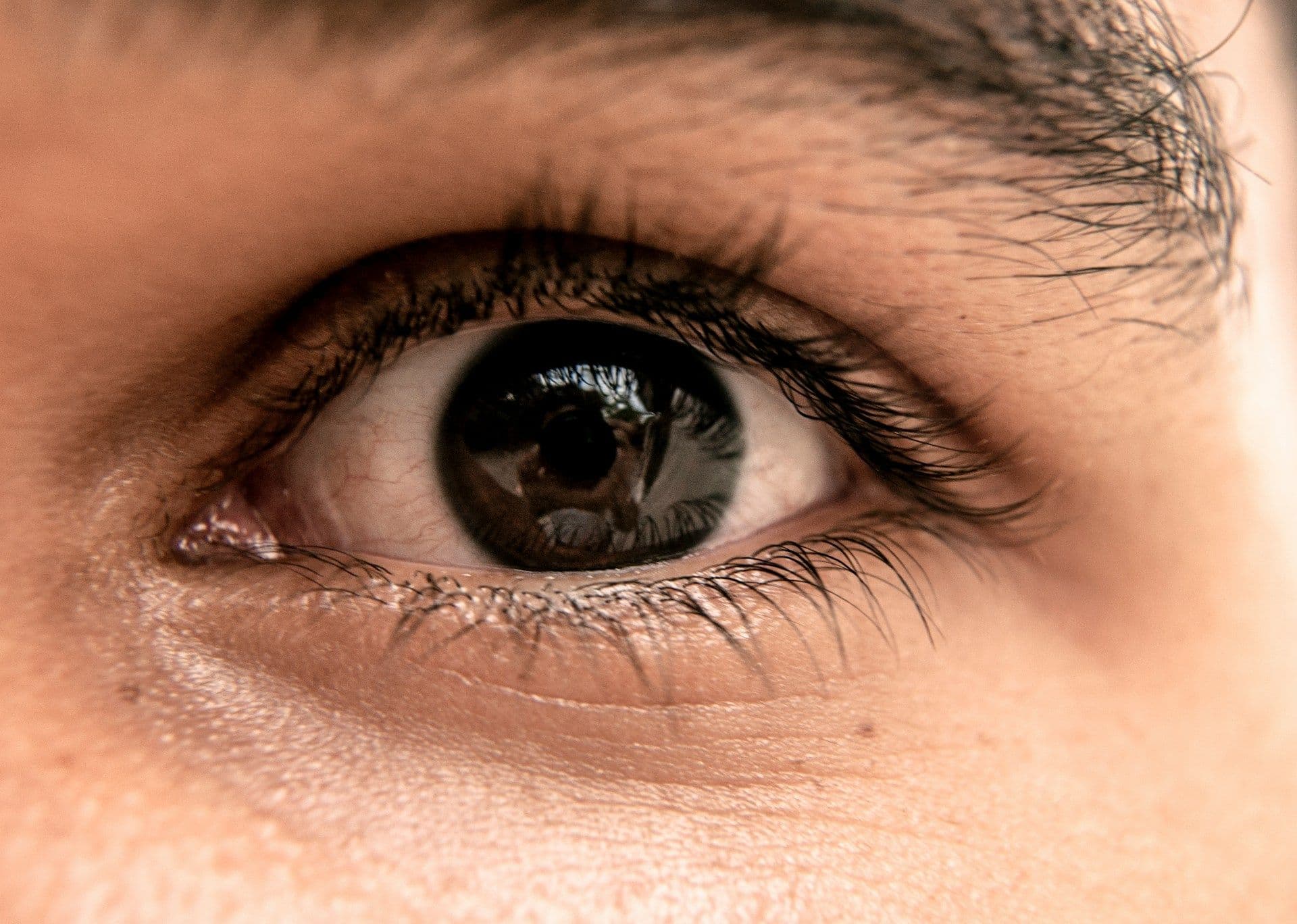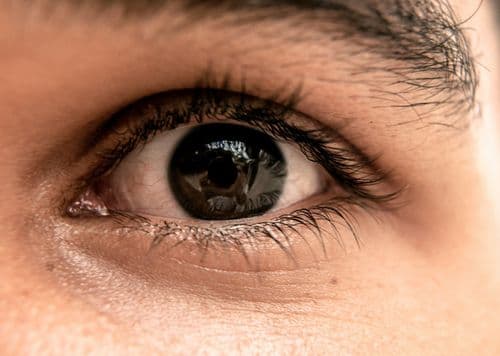


Are you tired of looking in the mirror and seeing tired, droopy eyelids staring back at you? Have you considered eyelid surgery to rejuvenate your appearance and regain your youthful look? Look no further! At Clearview Eye, we understand the importance of feeling confident in your own skin. In this comprehensive guide, we'll explore everything you need to know about eyelid surgery, including the different types, benefits, and what to expect from the procedure.
Eyelid surgery, also known as blepharoplasty, is a cosmetic procedure designed to enhance the appearance of the eyelids by removing excess skin, fat, and muscle. This surgery can be performed on both the upper and lower eyelids, depending on the individual's needs and goals.
Upper eyelid blepharoplasty is a procedure commonly chosen by individuals experiencing sagging or drooping upper eyelids. This condition can not only affect one's appearance but also impair vision in severe cases. During the surgery, the surgeon will make discreet incisions along the natural creases of the upper eyelids to remove excess skin and fat. The result? A refreshed and rejuvenated appearance, with improved vision and a more youthful look.
For those dealing with under-eye bags, puffiness, or drooping lower eyelids, lower eyelid blepharoplasty offers a solution. Through carefully placed incisions either inside the lower eyelid or along the lash line, excess fat and skin are removed or redistributed to smooth out the area and eliminate puffiness. This procedure can effectively address signs of aging and fatigue, restoring a more youthful and vibrant appearance to the eyes.
Eyelid surgery offers a plethora of benefits, both cosmetic and functional, to individuals seeking to enhance their appearance and improve their quality of life.
Before undergoing eyelid surgery, it's essential to have a clear understanding of what to expect during the procedure and the recovery process.
Preparation: Your surgeon will provide detailed instructions on how to prepare for the surgery, including avoiding certain medications and foods that may interfere with the procedure.
Anesthesia: Eyelid surgery is typically performed under local anesthesia with sedation or general anesthesia, depending on the extent of the procedure and the patient's preferences.
The Procedure: Once the anesthesia has taken effect, the surgeon will make precise incisions along the natural contours of the eyelids, carefully removing excess skin, fat, and muscle tissue. The incisions are then meticulously closed to minimize scarring.
Recovery: Following the procedure, patients may experience some swelling, bruising, and discomfort, which can be managed with pain medication and cold compresses. It's essential to follow your surgeon's post-operative instructions carefully to ensure a smooth recovery process and optimize results.
While eyelid surgery can provide remarkable results for many individuals, it's not suitable for everyone. Before undergoing any cosmetic procedure, it's essential to consult with a qualified plastic surgeon to determine whether you're a suitable candidate for the surgery.
While eyelid surgery (blepharoplasty) is generally considered safe, like any surgical procedure, it carries some risks and potential complications. It's essential for patients to be aware of these risks and discuss them thoroughly with their surgeon before undergoing the procedure. Some potential complications that may arise after eyelid surgery include:
It's important to note that while these complications are possible, the majority of patients undergo eyelid surgery without experiencing any significant issues. By choosing a board-certified plastic surgeon with experience in eyelid surgery and following pre- and post-operative instructions diligently, you can minimize the risk of complications and achieve optimal results. Always consult with your surgeon if you have any concerns or questions before or after the procedure.
Read Also - Droopy Eyelids: Signs You Might Need Surgery
Eyelid surgery is a transformative procedure that can revitalize your appearance and boost your confidence. Whether you're dealing with sagging upper eyelids, under-eye bags, or puffiness, blepharoplasty offers a customized solution to address your specific concerns and achieve the look you desire.
At Clearview Eyes, we're dedicated to helping our patients look and feel their best. If you're considering eyelid surgery, we encourage you to schedule a consultation with one of our experienced surgeons to discuss your options and develop a personalized treatment plan tailored to your needs.
Don't let droopy eyelids hold you back from looking and feeling your best. Transform your look with eyelid surgery and rediscover the youthful, vibrant appearance you deserve!
Ans: Eyelid surgery leaves minimal scars as the incisions for upper eyelid surgery and lower eyelid surgery are placed in natural folds. Eyelid surgery recovery usually takes a few weeks, with most swelling fading quickly. The benefits of eyelid surgery include a refreshed look and improved vision.
Ans: Recovery from eyelid surgery varies but typically takes 1–2 weeks. Swelling and bruising peak in the first few days, then gradually fade. Upper eyelid surgery and lower eyelid surgery patients should rest, follow aftercare instructions, and avoid strenuous activities. Full healing may take several months, revealing the benefits of eyelid surgery.
Ans: Eyelid surgery, or blepharoplasty, carries risks such as infection, bleeding, dry eyes, difficulty closing eyes, scarring, and, rarely, vision changes. Recovery from eyelid surgery varies, but most patients heal within 10 to 14 days. Upper eyelid surgery addresses drooping lids, while lower eyelid surgery targets under-eye bags. Benefits of eyelid surgery include improved appearance and, in some cases, enhanced vision.
Ans: To prepare for upper eyelid surgery or lower eyelid surgery, follow pre-op instructions, avoid smoking, and stop blood-thinning medications. Arrange for rest and support during eyelid surgery recovery. Healing usually takes 1-2 weeks, depending on individual factors.
Ans: Upper eyelid surgery typically takes about 45 minutes to one hour, while lower eyelid surgery may require approximately 90 minutes. Combining both procedures can extend the duration to around two hours. Recovery from eyelid surgery generally allows patients to return to normal activities within one to two weeks. The benefits of eyelid surgery include a rejuvenated appearance and improved vision.

Call Us: (858) 452-3937
8:30AM - 7:00 PM - Monday through Saturday (Saturday until 11:30AM)